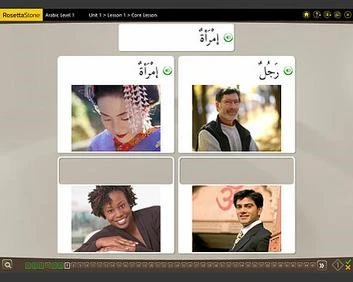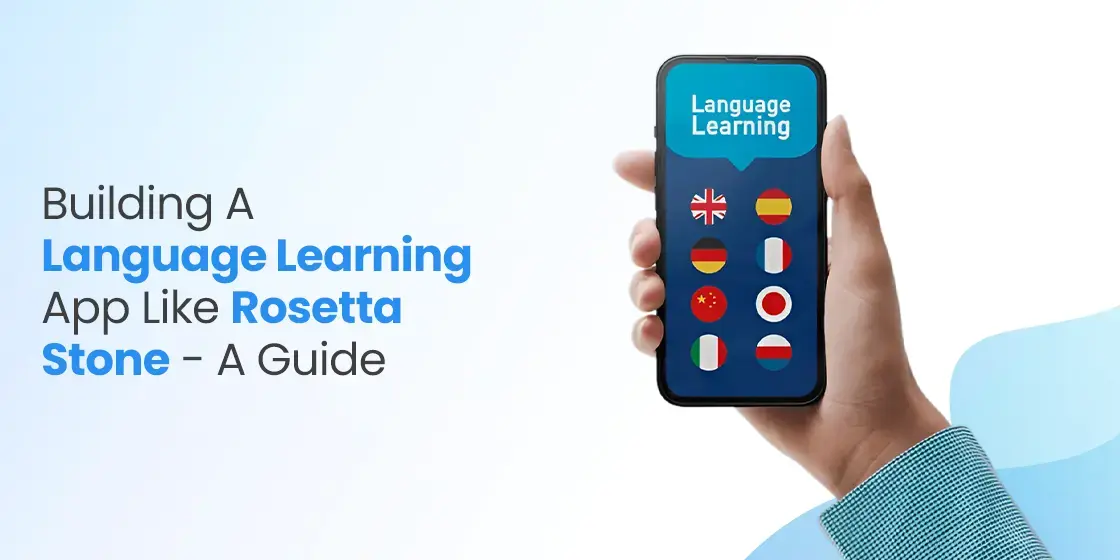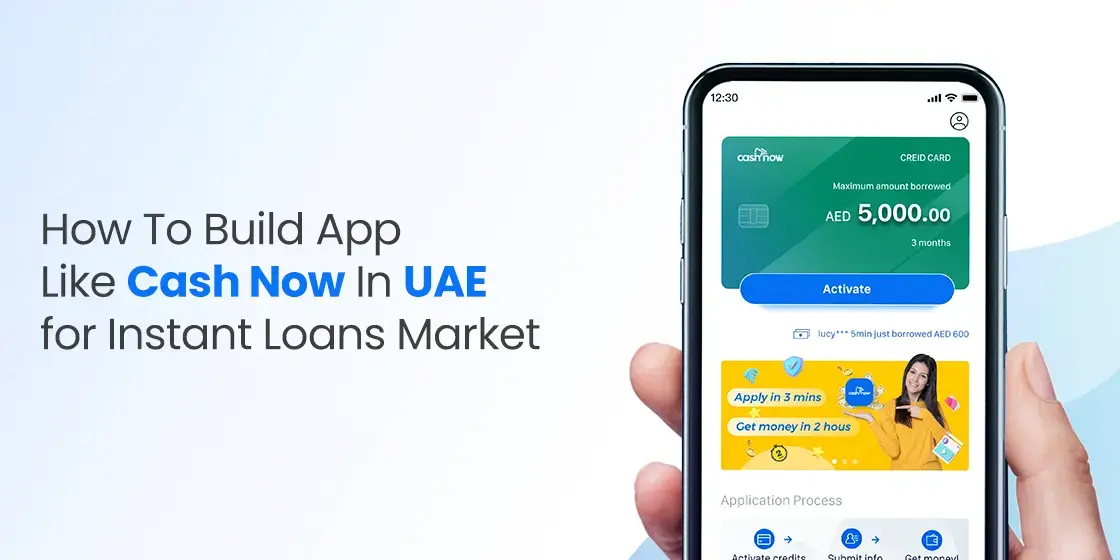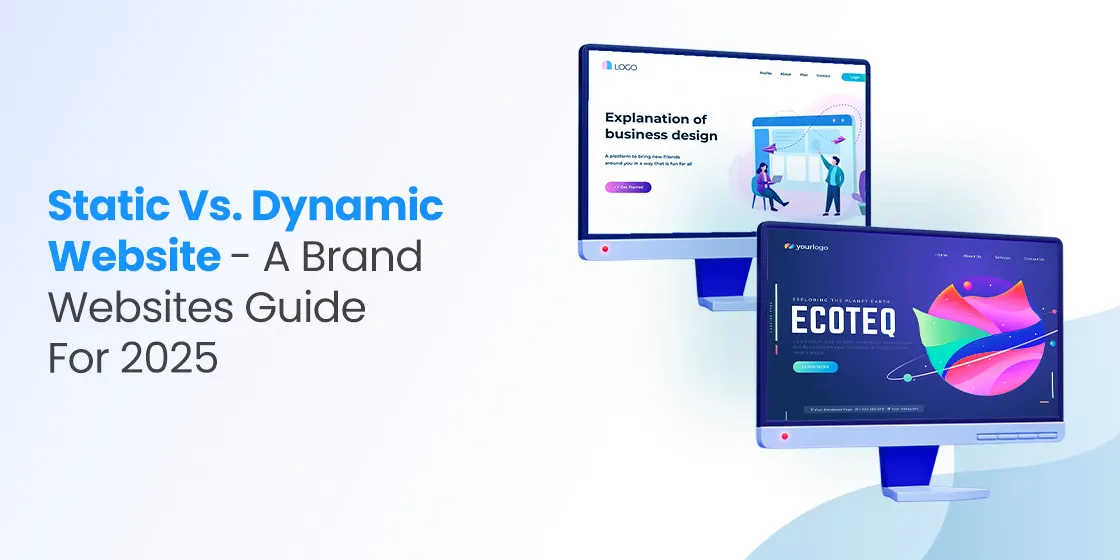Table of Content
Discover How to Create an Amazing Language Learning App Like Rosetta Stone in 2025
The global demand for language learning apps has surged in recent years, driven by increased globalization, the rise of remote work, and a growing interest in cultural exchange. Rosetta Stone, a pioneer in the language learning software industry, has set a high standard with its immersive and interactive approach. Building a successful language learning app like Rosetta Stone requires a deep understanding of user needs, a robust technological foundation, and a commitment to innovation.
In this guide, we will explore the key considerations and step-by-step process involved in building a language learning app that can compete in today’s dynamic market. We will also dive into the intricacies of app development as per modern mobile app development services standards, focusing on the unique challenges and opportunities presented by the language-learning domain.
Let’s begin.
Exploring Language Learning Apps and the Features They Provide

A language learning app like Rosetta Stone aims to provide an engaging and effective platform for users to acquire new languages. These apps, including Duolingo, Babble, and more, leverage a variety of pedagogical approaches, including:
- Immersive Learning: Mimicking real-life language immersion by exposing users to authentic language through interactive exercises, dialogues, and multimedia content.
- Spaced Repetition: Employing spaced repetition algorithms to optimize learning and improve retention by reviewing material at increasing intervals.
- Gamification: Incorporating game-like elements such as points, rewards, and leaderboards to motivate users and make learning more enjoyable.
- Personalized Learning Paths: Adapting the learning experience to individual user needs and learning styles.
And as we can see from the popularity of the apps mentioned earlier, successful language learning apps often incorporate a combination of these approaches, providing a comprehensive and engaging learning experience for users of all ages. It is also why for companies that can get their hands on language training data, language learning apps are one of the top mobile and web app ideas these days.
Building a Language Learning App Like Rosetta Stone – A Comprehensive Guide

We all know that language apps like Duolingo, Babble, and Rosetta Stone are quite popular and necessary in 2025 and beyond. So you might be wondering how to go about building a language learning app like Rosetta Stone, which is arguably one of the better options on the market currently.
Let’s take a look at the detailed process required to create an extensive, high-quality product like Rosetta Stone for today’s app users.
Step #1: Defining Your Goals and Objectives
Before embarking on the development journey, it’s crucial to clearly define the goals and objectives of your language learning app.
- Target Audience: Identify your target audience – beginners, intermediate learners, or advanced speakers? What are their specific language learning needs and preferences?
- Value Proposition: What unique value proposition will your app offer? Will it focus on specific language skills (e.g., conversational fluency, business communication)? Will it cater to a niche market (e.g., travel, academics)?
- Core Features: Determine the essential features of your app, such as vocabulary building, grammar exercises, pronunciation practice, speech recognition, and cultural insights.
- Monetization Strategy: Explore different monetization models, such as subscription fees, in-app purchases, freemium models (offering a free version with limited features), or premium subscriptions with enhanced features.
- Competitive Analysis: Conduct thorough research on existing language learning apps (such as Duolingo, Babbel, Memrise) to identify their strengths and weaknesses. Analyze their features, pricing models, and user reviews to gain valuable insights.
Step #2: Choosing the Right Development Team
Selecting the right development team is crucial for the success of your language learning app. Look for a team with experience in:
- Mobile App Development: Expertise in developing native apps (iOS and Android) or cross-platform frameworks like React Native or Flutter.
- Language Learning Pedagogy: Involve language experts or educators in the development process to ensure the app’s pedagogical soundness.
- Artificial Intelligence and Machine Learning: Incorporating AI and ML technologies can enhance features such as speech recognition, personalized learning paths, and adaptive difficulty levels.
- User Experience (UX) Design: A strong focus on user experience is critical for creating an engaging and intuitive learning environment.
Step #3: Research and Define the Preferred Tech Stack
The choice of technology stack will significantly impact the development process and the performance of your app. Key considerations include:
- Programming Languages: Consider languages like Swift (for iOS), Kotlin (for Android), and JavaScript (for cross-platform development).
- Development Frameworks: Utilize frameworks like React Native, Flutter, or Ionic for cross-platform development.
- Cloud Services: Leverage cloud platforms like AWS, Azure, or Google Cloud for scalability, reliability, and cost-effectiveness.
- Speech Recognition and Natural Language Processing (NLP) APIs: Integrate with APIs from Google Cloud, Amazon Web Services, or Microsoft Azure to power speech recognition, text-to-speech, and language translation features.
Step #4: Designing the User Interface (UI) and User Experience (UX)
The user interface (UI) and user experience (UX) are crucial for the success of any language learning app. A well-designed interface should be intuitive, visually appealing, and easy to navigate.
- Focus on User-Friendliness: The app should be easy to use and understand, even for users with limited technical skills.
- Gamification: Incorporate game-like elements such as points, rewards, and progress tracking to motivate users and make learning more enjoyable.
- Personalization: Tailor the learning experience to individual user needs and preferences.
- Accessibility: Ensure the app is accessible to users with disabilities, such as those with visual or auditory impairments.
Step #5: Building the Core Functionality
This phase involves developing the core features of the app, including:
- Interactive Lessons: Develop engaging and interactive lessons that cover grammar, vocabulary, pronunciation, and cultural insights.
- Speech Recognition and Text-to-Speech: Integrate speech recognition technology for pronunciation practice and text-to-speech functionality for reading and listening exercises.
- Gamification Elements: Implement game-like features such as points, rewards, leaderboards, and progress tracking.
- Personalized Learning Paths: Create personalized learning paths based on user progress and learning styles.
- Offline Mode: Allow users to download lessons and learn offline for improved accessibility.
Step #6: Testing and Quality Assurance
Rigorous testing is crucial to ensure the app’s stability, functionality, and user experience.
- Alpha and Beta Testing: Conduct alpha and beta testing with a limited group of users to identify and fix bugs and gather user feedback.
- Usability Testing: Conduct usability testing to assess the app’s user-friendliness and identify areas for improvement.
- Performance Testing: Test the app’s performance under different network conditions and on various devices.
- Security Testing: Conduct security audits to identify and address potential vulnerabilities.
Step #7: Deployment and Launch
Once the app has been thoroughly tested and refined, it’s time to launch it on app stores such as the Apple App Store and Google Play Store.
- App Store Optimization (ASO): Optimize the app’s listing in app stores with relevant keywords, high-quality screenshots, and compelling descriptions.
- Marketing and Promotion: Launch a marketing campaign to promote the app through social media, content marketing, and other channels.
- User Acquisition: Implement strategies to acquire users, such as running app install campaigns and partnering with influencers.
Step #8: Maintenance and Updates
Ongoing maintenance and updates are crucial for the long-term success of any app.
- Regular Updates: Regularly release updates to address bugs, improve performance, and add new features.
- User Feedback: Continuously gather user feedback and incorporate it into future updates.
- Security Updates: Address security vulnerabilities promptly to protect user data.
- Adapting to Market Trends: Stay abreast of the latest trends in language learning and adapt the app accordingly.
Conclusion
As we can see above, building a language learning app like Rosetta Stone can be quite lucrative for a business, especially in multicultural places like Dubai. In fact, language learning apps are considered among the top must-have apps in UAE these days. So, by following the steps given above and paying close attention to user needs and market trends, you will be able to develop a successful language learning app that empowers users to achieve their language goals easily.

Empower your digital journey with StruqtIO - Your dedicated partner for cutting-edge custom software development, innovation, and digital transformative solutions. Harness the power of technology to elevate your business and redefine your digital landscape today.


